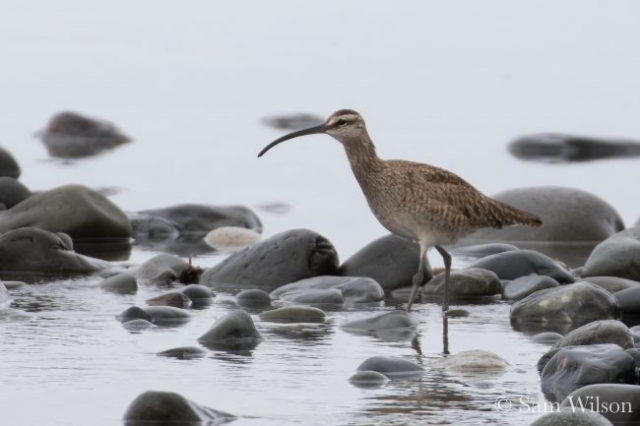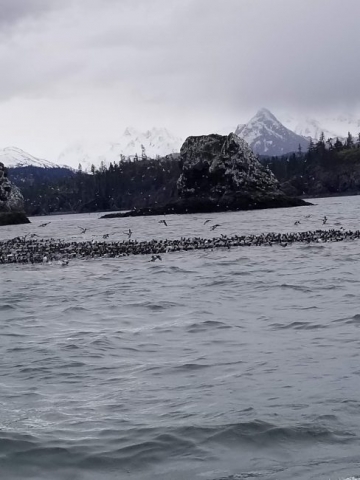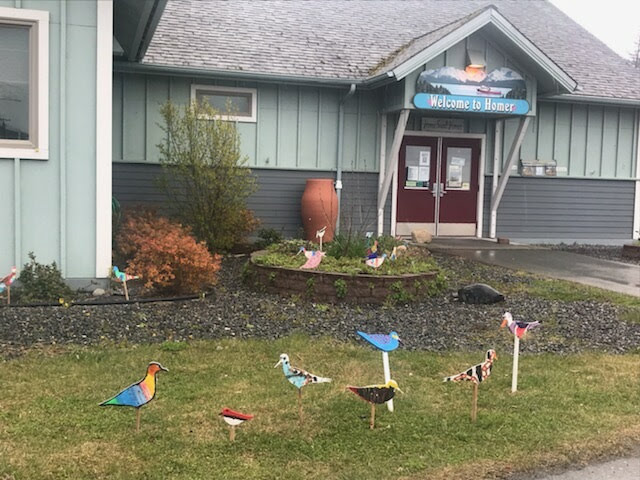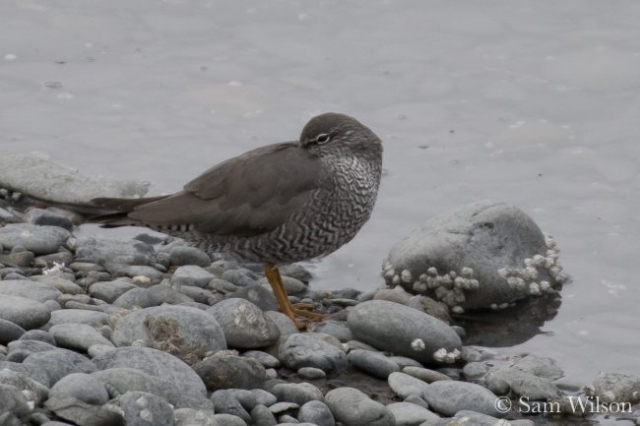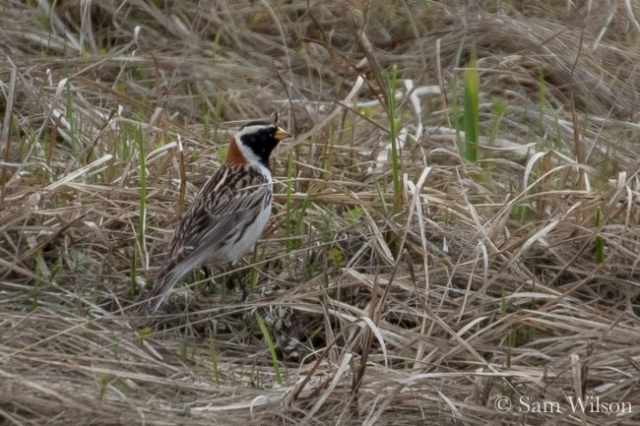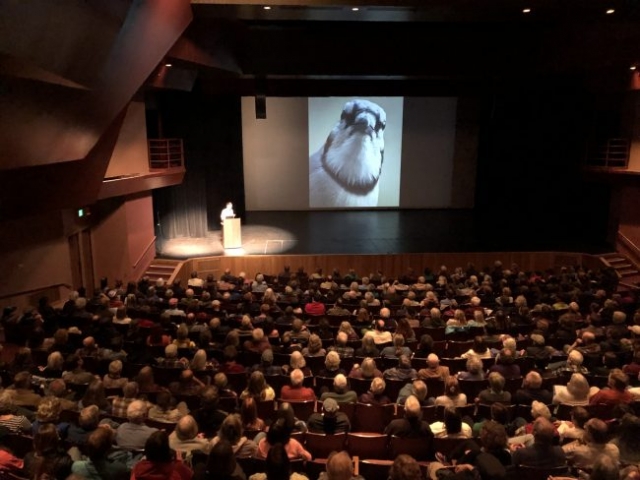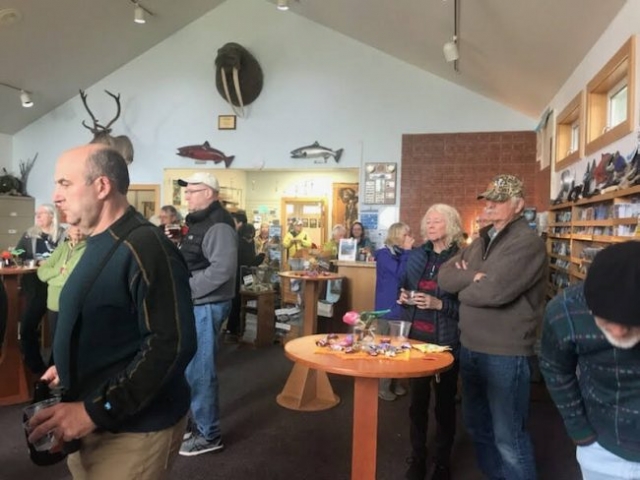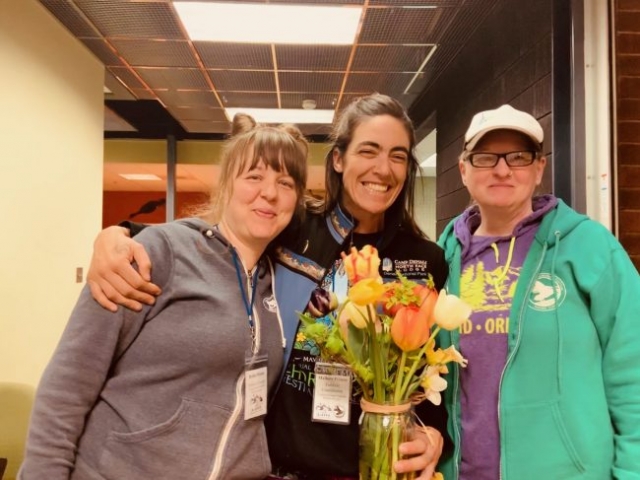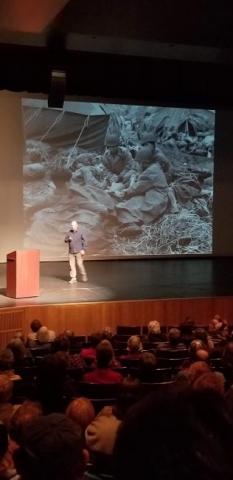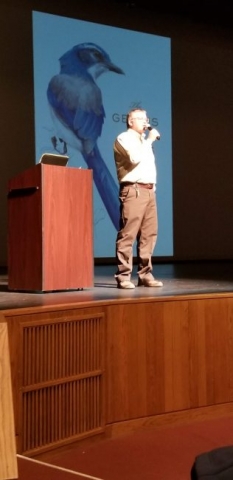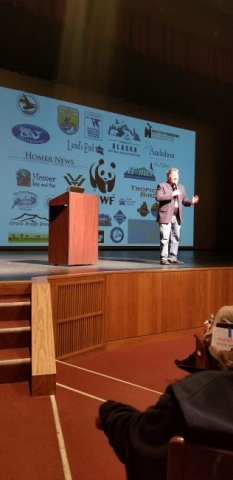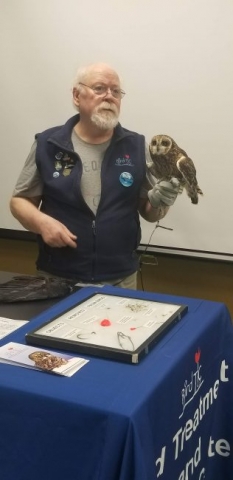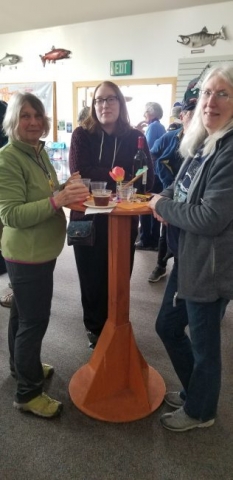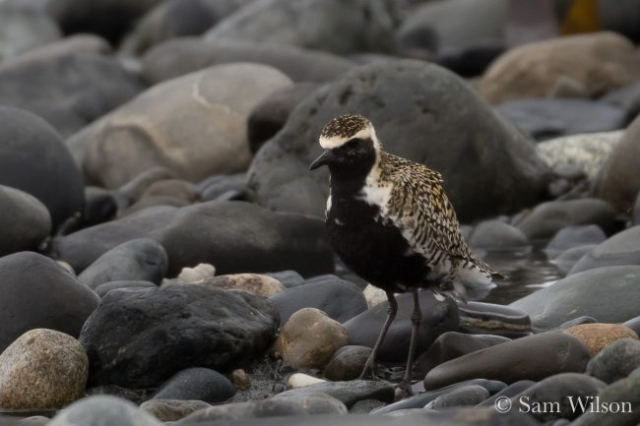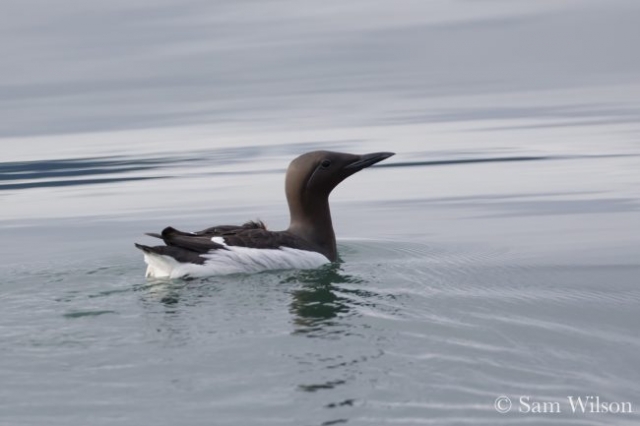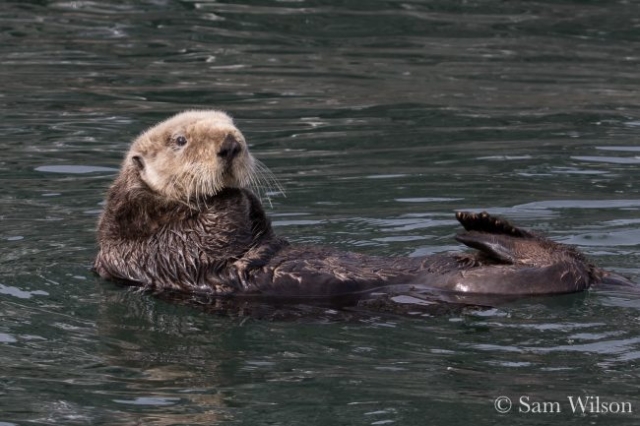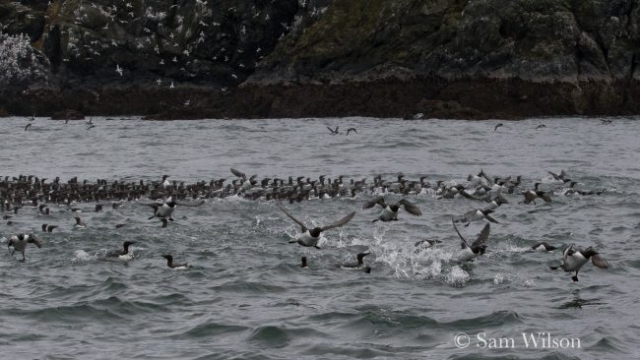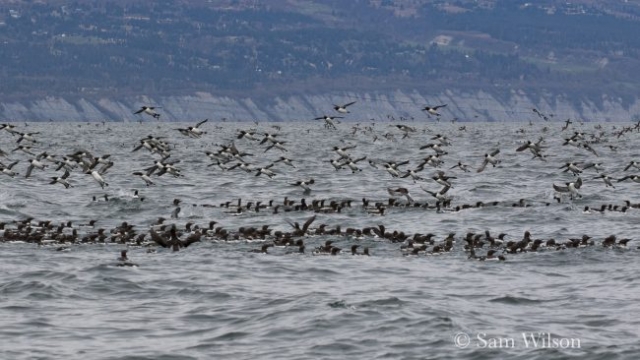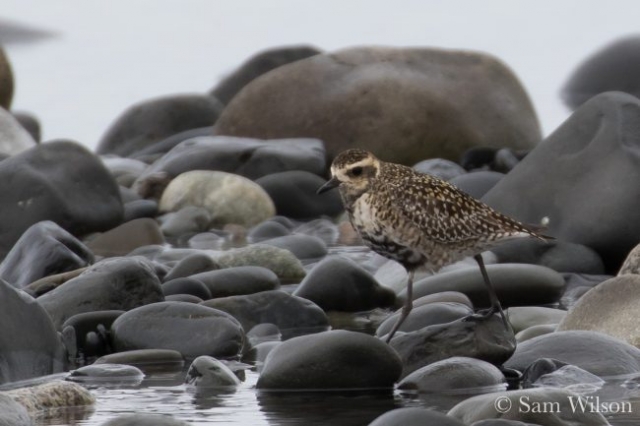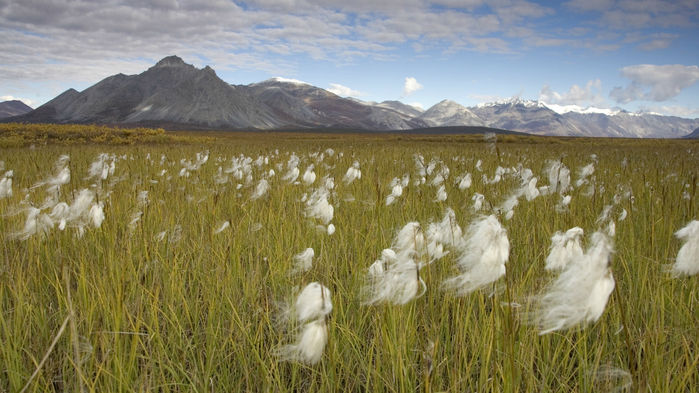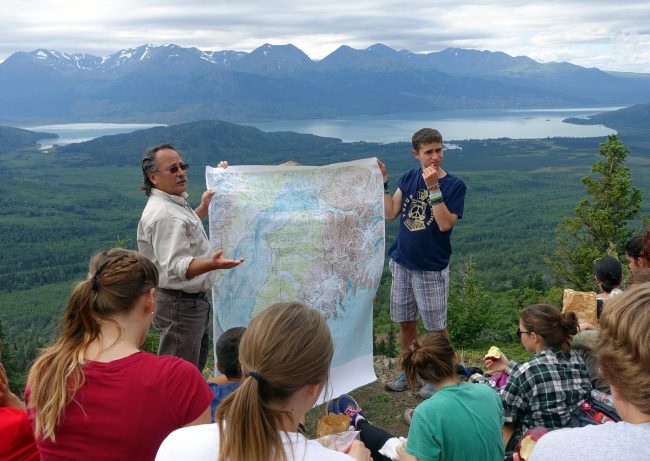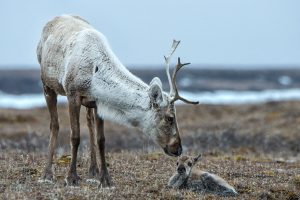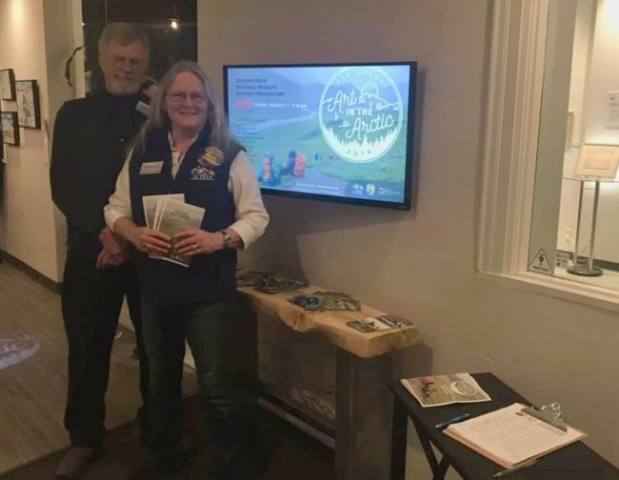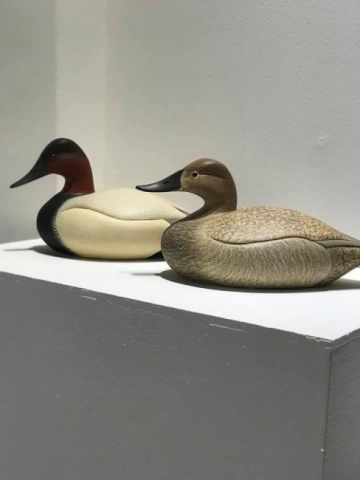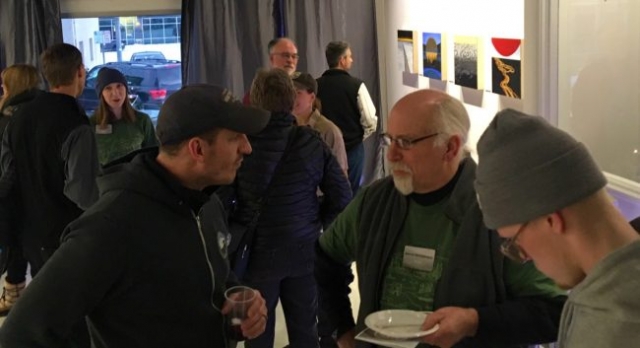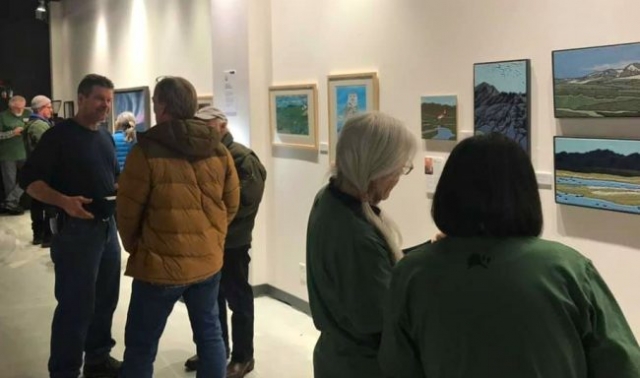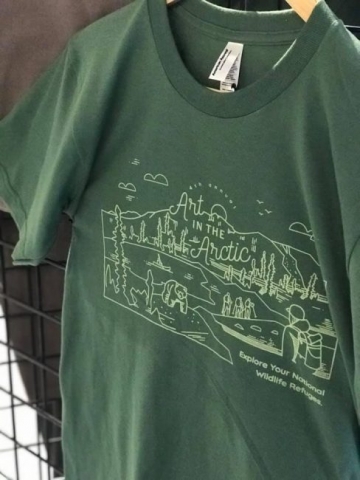Village kids on the Tetlin Refuge will be peeking under the ice next winter and learning to fish this summer with equipment purchased through a grant Friends secured from the National Fish and Wildlife Foundation. Friends were awarded a $6800 grant for a special initiative to enhance fishing and hunting on refuges. Tetlin Environmental Educator Tim Lorenzini sought the Friends help:
- to expand his school field trips
- increase the courses he could offer at Native Culture Camps, and
- create new Refuge sponsored community events.
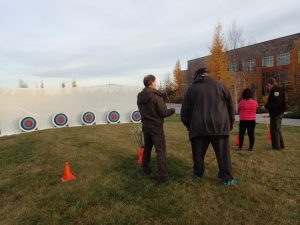 According to Tetlin Refuge Liaison, Poppy Benson, “The grant writing seemed like a huge amount of work but now that it is done, I feel like I really accomplished something. I have great confidence that the Tetlin Refuge will put the equipment to good use to strengthen their relationship with their communities and how can that not be good for wildlife?!”
According to Tetlin Refuge Liaison, Poppy Benson, “The grant writing seemed like a huge amount of work but now that it is done, I feel like I really accomplished something. I have great confidence that the Tetlin Refuge will put the equipment to good use to strengthen their relationship with their communities and how can that not be good for wildlife?!”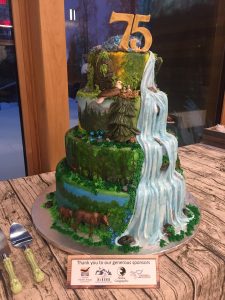 But grants aren’t the only way Friends helps refuges financially. With our membership fees and generous individual donations at the $100, $500 and $1000 level, Friends have been able to donate $1000 to help the Kenai Refuge fund school buses to bring kids to the refuge for field trips, fund all the prizes for the Migratory Bird Calendar contest which is so important to rural schools, buy wood chips for a new trail at Tetlin Refuge Headquarters, bring a dozen urban youth to Homer for the Kachemak Bay Shorebird Festival, send volunteers to science camps, and pay for travel for Artist in Residence Lindsay Carron to capture in paintings the Yukon Flats Refuge.
But grants aren’t the only way Friends helps refuges financially. With our membership fees and generous individual donations at the $100, $500 and $1000 level, Friends have been able to donate $1000 to help the Kenai Refuge fund school buses to bring kids to the refuge for field trips, fund all the prizes for the Migratory Bird Calendar contest which is so important to rural schools, buy wood chips for a new trail at Tetlin Refuge Headquarters, bring a dozen urban youth to Homer for the Kachemak Bay Shorebird Festival, send volunteers to science camps, and pay for travel for Artist in Residence Lindsay Carron to capture in paintings the Yukon Flats Refuge.And then there is the cookie money. What is cookie money you ask? Well the Fish & Wildlife Service cannot legally buy food for a public event but if a Refuge Manager is flying into a village to have a meeting with the elders, he or she had better be bringing coffee and cookies! Last year we provided funds for refreshments for six refuge events. Friends is able to do this because of your membership fees and donations. You can be confident we use your money for the refuges wisely and generously. To join, renew, or make a donation, CLICK HERE .Thank you on behalf of Friends and the 16 Alaska Refuges!
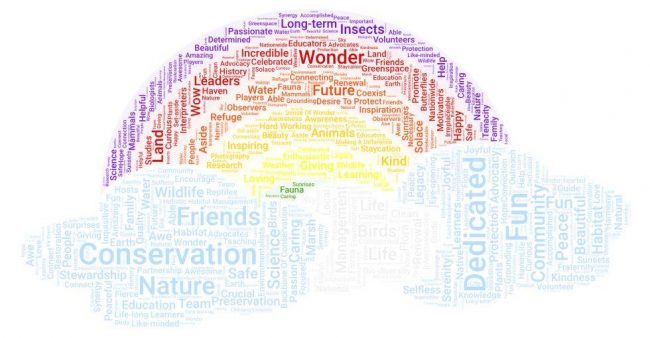


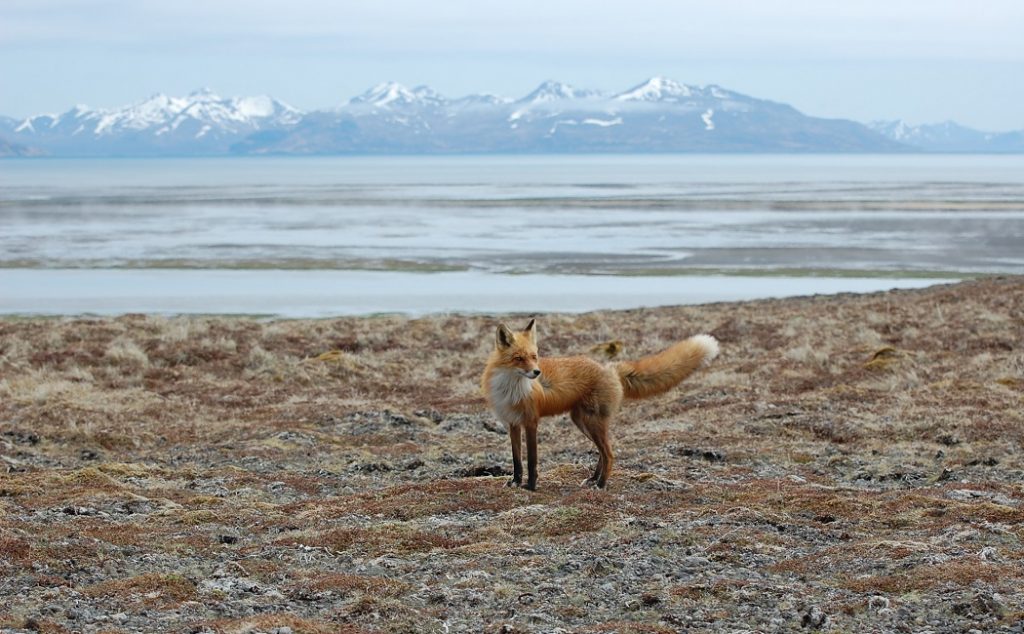

 Friends of Alaska National Wildlife Refuges and Alaska Maritime National Wildlife Refuge co-sponsored the 27th Annual
Friends of Alaska National Wildlife Refuges and Alaska Maritime National Wildlife Refuge co-sponsored the 27th Annual 

